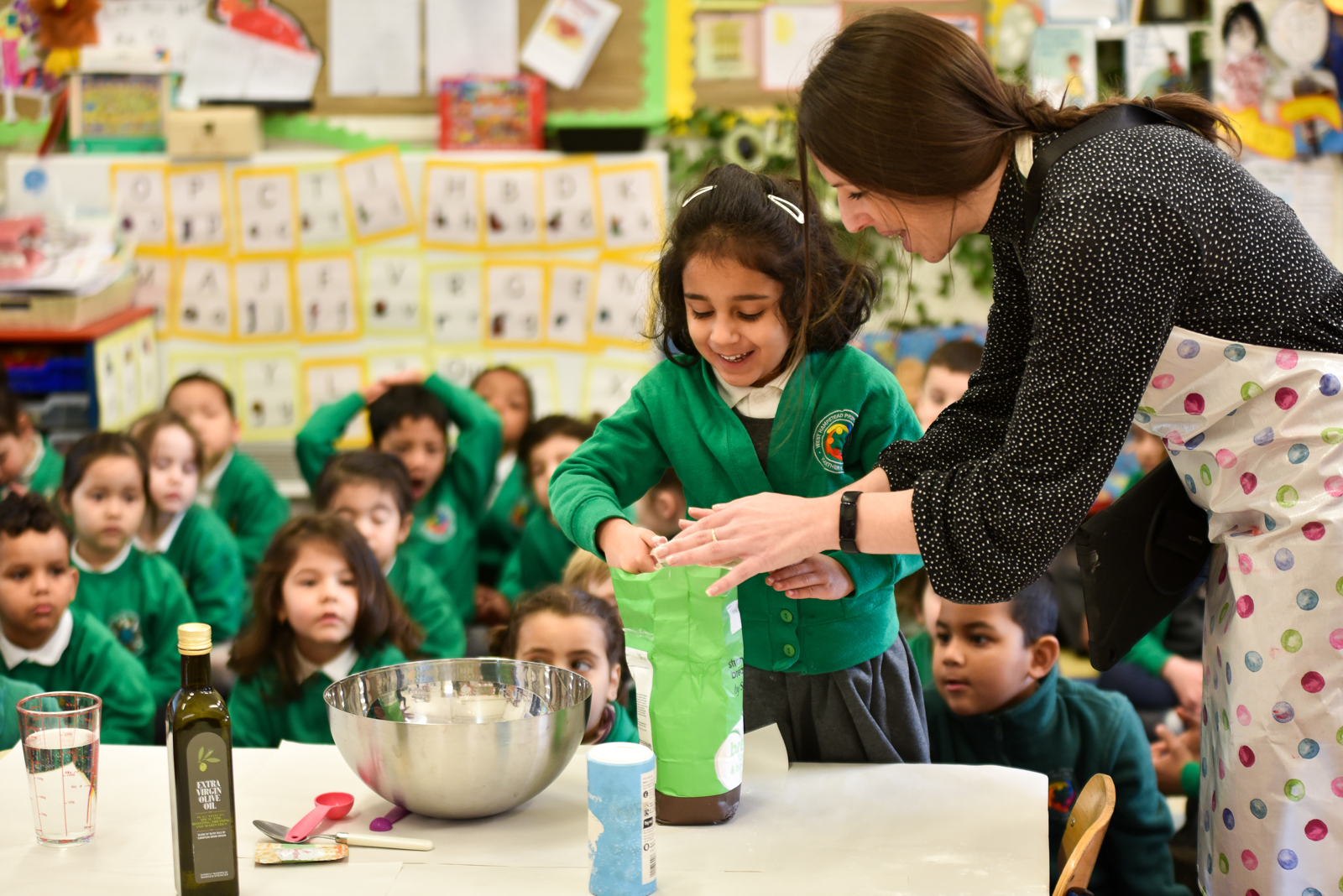Design and Technology CURRICULUM
Policy Statement
Within Design and Technology there is a wide scope of products, from food technology, where children can produce their own fruit salads or different breads, to making moving books and vehicles.
Design and Technology should draw on the child’s knowledge and experience from other subject areas, particularly English, Maths, Science and Art. Children have opportunities to make their own version of things that are already available, or they can use the knowledge they have acquired through design and technology and other subjects to create a product in response to a new idea. The latter really gives the children the experience of being an inventor.
Design and Technology should always be a relevant, enjoyable and creative activity for all children.

Our Intent
Our intent is that children are taught the essential knowledge and skills that will allow them to take a critical look at the products and objects around them, and their uses. They can investigate how mechanisms work, what materials they are made from and how effective they are.
Design and Technology lessons can extend and enhance children’s natural curiosity of how and why things work, by providing pupils with the opportunity to apply and develop their skills. They can think about why certain materials were used to make these products, and how products are produced to look attractive for the consumer. With this knowledge they can plan and construct things themselves, test them out, and evaluate their own work.
Our Aims and Objectives
For design and technology we aim to:
- Develop in children an understanding of the designing and making process, the need to evaluate existing ideas and products and an ability to work through the D&T process confidently.
- Ensure that by the end of key stage 2 children are able to work more independently, and with confidence on design and technology.
- Ensure that children are able to identify opportunities for design and technology activities by observing more closely the objects around them.
- Make children more aware of the ways in which everyday objects have been designed and made.
- To enable children to become more confident and skilled in using the range of tools and materials available in the school.
The West Hampstead Design and Technology Curriculum will:
- Ensure that every individual has equal access to the curriculum of design and technology.
- Continue to develop children’s interest and enthusiasm for this subject.
- Ensure that children are aware of global issues, and that people across the world have similar needs that are catered for using different mechanisms and products. It is important that children are aware of how these products affect the environment, and can design their own product bearing recent world issues in mind.
Our Implementation
At West Hampstead we are striving to plan a curriculum that is skills based. We aim to track the skills that the children are developing, and build on these throughout their time at Beckford. In line with the National Curriculum, children at Key Stages 1 and 2 will be provided with opportunities to:
- Look at products available, discuss choices of materials and investigate how these products work.
- Plan their own products, in the case of key stage 2, making accurate drawings and annotating these.
- Choose and use appropriate tools, equipment, and materials to make their products.
- To test their products and evaluate them against the success criteria.
- To develop their knowledge and understanding of materials and mechanisms.
When designing and making, pupils should be taught to:
Design
- Use research and develop design criteria to inform the design of innovative, functional, appealing products that are fit for purpose, aimed at particular individuals or groups.
- Generate, develop, model and communicate their ideas through discussion, annotated sketches, cross-sectional and exploded diagrams, prototypes, pattern pieces and computer-aided design.
Make
- Select from and use a wider range of tools and equipment to perform practical tasks [for example, cutting, shaping, joining and finishing], accurately.
- Select from and use a wider range of materials and components, including construction materials, textiles and ingredients, according to their functional properties and aesthetic qualities.
Evaluate
- Investigate and analyse a range of existing products.
- Evaluate their ideas and products against their own design criteria and consider the views of others to improve their work.
Technical knowledge
- Apply their understanding of how to strengthen, stiffen and reinforce more complex structures.
- Understand and use mechanical systems in their products [for example, gears, pulleys, cams, levers and linkages].
- Understand and use electrical systems in their products [for example, series circuits incorporating switches, bulbs, buzzers and motors].
- Apply their understanding of computing to program, monitor and control their products.
Food Technology
As part of their work with food, pupils should be taught how to prepare food and apply the principles of nutrition and healthy eating. Instilling a love of cookery in pupils will also open a door to one of the great expressions of human creativity. Learning how to cook is a crucial life skill that enables pupils to feed themselves and others affordably and well, now and in later life.
Pupils should be taught to:
- Understand and apply the principles of a healthy and varied diet.
- Prepare and cook a variety of predominantly savoury dishes using a range of cooking techniques.
- Understand seasonality, and know where and how a variety of ingredients are grown, reared, caught and processed.

